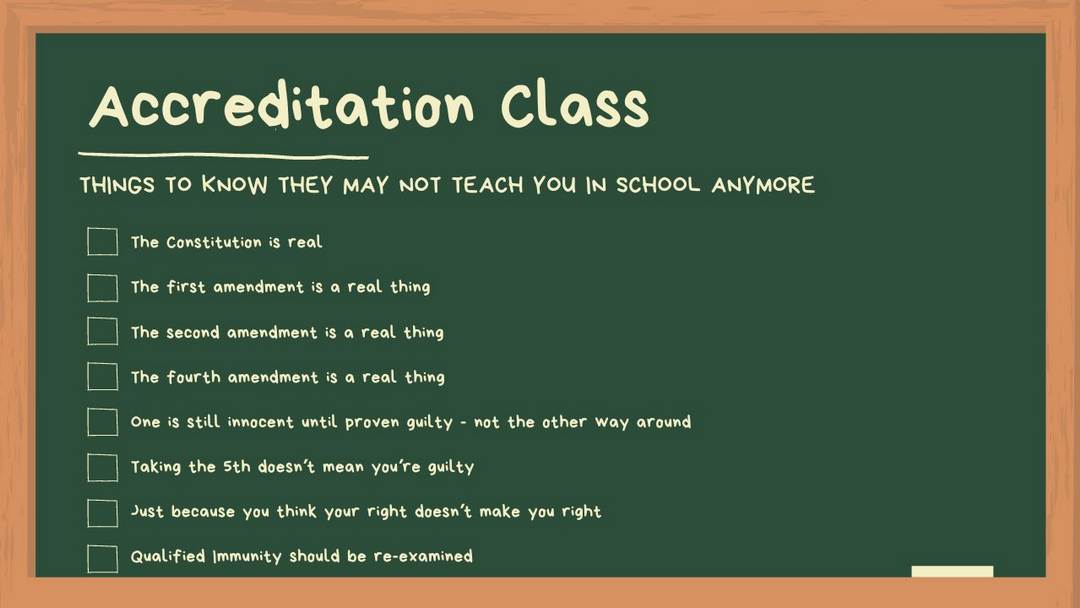At his final hearing before a Senate appropriations subcommittee on Thursday, outgoing Food and Drug Administration (FDA) Commissioner Scott Gottlieb was again pressed on the agency’s plan to regulate hemp-derived CBD products. Sen. Patrick Leahy (D-VT) voiced...

Michigan Executive Orders Update December 1 2023
What is an Executive Order?
The Michigan Constitution of 1963 vests the executive power of the state in the Governor. That power can be exercised formally by executive order. Executive orders may reorganize agencies within the executive branch of state government, reassign functions among executive branch agencies, create temporary agencies, establish an advisory body, commission, or task force, proclaim or end an emergency, or reduce expenditures authorized by appropriations. Once signed by the Governor, executive orders are filed with the Secretary of State, where the orders are sealed and retained by the Office of the Great Seal.
Executive Order 2023-10: Declaration of State of Emergency
Executive Order 2023-9: Declaration of State of Emergency
Executive Order 2023-8: Declaration of State of Emergency
Executive Order 2023-7: Declaration of State of Emergency
Executive Directive 2023-4: Expediting Permits and Adding Accountability Measures
Executive Order 2023-5: LGBTQ+ Commission
Executive Order 2023-4: Growing Michigan Together Council
Executive Directive 2023-3: Helping Michiganders Pay for College
Executive Directive 2023-2: Protecting Health Insurance for Michiganders
Executive Order 2023-3: Declaration of State of Emergency
Executive Order 2023-2: Declaration of State of Emergency
Executive Order 2023-1: Community Development Block Grants
Executive Directive 2023-1: Inclusive State Contracting
Executive Directive 2022-13: Constitutional Right to Reproductive Freedom
Executive Order 2022-14: Juvenile Residential Facilities Advisory Committee
Executive Order 2022-13: Declaration of State of Emergency
Executive Directive 2022-12: Lowering the Cost of Insulin
Executive Order 2022-12: Michigan Opioids Task Force
Executive Order 2022-11: Michigan Center for Data and Analytics
Have you been arrested or charged with DUI?
Charged with a Crime?
Lost Your License?
Conspiracy or CCE?
Thought Crimes?
Call Our Office for a Free Case Evaluation
Related News from the Gov
January 2024: Radon Action Month
December 18-22, 2023: Tongue and Lip Tie Awareness Week
December 11-17, 2023: Water and Wastewater Professionals Workforce Week
December 7, 2023: Pearl Harbor Remembrance Day
Governor Whitmer Signs Bills Protecting Health Care Workers on the Job
December 4-10 2023: Older Driver Safety Awareness Week
December 2023: Michigan Christmas Tree Month
Gov. Whitmer Launches Michigan Department of Lifelong Education, Advancement, and Potential
DISCLAIMER
This post may contain re-posted content, opinions, comments, ads, third party posts, outdated information, posts from disgruntled persons, posts from those with agendas and general internet BS. Therefore…Before you believe anything on the internet regarding anything – do your research on Official Government and State Sites, Call the Michigan State Police, Check the State Attorney General Website and Consult an Attorney – Use Your Brain.

FDA Chief Clarifies Enforcement Priorities For CBD Products

There’s a new report out on marijuana and impaired driving
A new report suggests that there should be no legal limit on how much THC can be in your body to consider someone impaired. Former Governor Rick Snyder created a six-member Impaired Driving Safety Commission. The board is made up of members of diverse backgrounds...

ISRAEL TO PARTIALLY DECRIMINALIZE MARIJUANA POSSESSION
The plan which went into effect at midnight on Monday, use and possession of marijuana in small amounts in personal homes is not an offense. Possession in public of amounts for personal use will result in a fine of about $275 for a first time offense and double for...

400 plus Michigan communities opt out of recreational cannabis businesses.
After Proposal 1 passed in Michigan which legalized adult-use marijuana and industrial hemp as well as the 2018 U.S. Farm Bill which legalized hemp nationwide there has been a rise of products made with CBD.



Michigan Officials-Adding CBD oil to food and drinks is illegal.
After Proposal 1 passed in Michigan which legalized adult-use marijuana and industrial hemp as well as the 2018 U.S. Farm Bill which legalized hemp nationwide there has been a rise of products made with CBD.


LARA-Board Meeting Resolution 3-21-19 – Product Access For Patients
The resolution of Marijuana product access to patients from the LARA Medical Marihuana Licensing Board Meeting in Lansing, Michigan. At a regularly scheduled meeting of the Medical Marihuana Licensing Board (Board), convened in Lansing, Michigan, the following...










